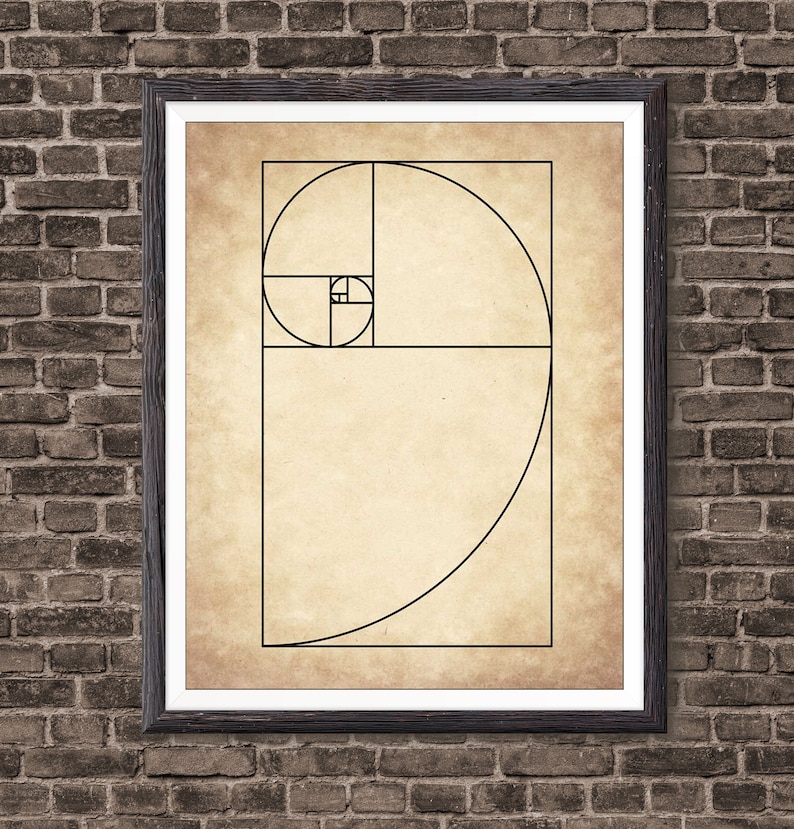
You could also draw the spiral right on the print, connecting the curves from small to large. Take the prints of your pictures and overlay the graph on the print. I find the visual of the sunflower exemplifies the concept of the Golden Ratio and Fibonacci Sequence. If you are near any sunflowers, take a close look at one. The petals of a growing flower, a pinecone, the shell of a sea snail, a spider’s web, and leaves on a shrub or tree all follow this sequence. You can find this sequence all over in nature. So it is a very normal reaction to look for and create patterns in the world around us. From galaxy clusters to subatomic particles, almost everything around us fits into a pattern. Why are the Golden Ratio and Fibonacci Sequence so important in photography? It really comes down to balance and patterns versus chaos. Using Golden Ratio and Fibonacci Sequence in Photography It is a sequence of numbers wherein the next number is found by adding up the two numbers before it. This concept is also known as the Fibonacci spiral, which is extremely simple to describe both mathematically and visually. This ratio can be seen in architecture both classic and modern, as well as in natural structures. Check it out for more fabulous STEM ideas for every letter of the alphabet.Makes me irrational, let me tell you! But compositionally, it has a very pleasing effect.
ART FIBONACCI SPIRAL SERIES
This is part of the A-Z Guide to Understanding STEM series from Little Bins for Little Hands. They were proud of their finished product and had such a great time doing it and learning about the two different men in history. Then painted inside each of the squares in the style of Mondrian with the primary colors. The kids painted the outline of the golden rectangle.

We used our large roll of graph paper to do our Mondrian/Fibonacci art, but with a ruler it could be done on any paper. This pattern is found naturally in so many things! It is amazing to study. You may recognize it more as the golden spiral. This pattern was made known by an Italian mathematician called Fibonacci. The next square is 3 inches, then 5, 8, and 13. For instance the smallest square is one inch and there are two of them. The golden rectangle is a rectangle where each section is the sum of the next two smaller. I thought it would be cool to first create the golden rectangle then paint it. Mondrian was a Dutch artist who created a lot of abstract geometric art work and many of them feature the golden rectangle. We talked about Mondrian and I showed them this painting of his. I wanted to combine this math project with an art lesson today to really grab my kids’ interest. Math tends to be one of those subjects that so many kids hate, yet it is so important and useful in a million ways in their future careers. When you teach kids math in more creative ways, they are more likely to be interested in it. Today I share with you how we combined math and art to make Mondrian style Fibonacci art.

One way I do that is with lots of hands-on creative educational projects, like today’s post. If only I had learned or cared more about that as a kid I might have enjoyed math a bit more! My goal with my kids is to help them see and appreciate the different amazing mathematical patterns and possibilities. I am fascinated by the golden rectangle and the fibonacci series of numbers there are so many amazing patterns in math.


 0 kommentar(er)
0 kommentar(er)
